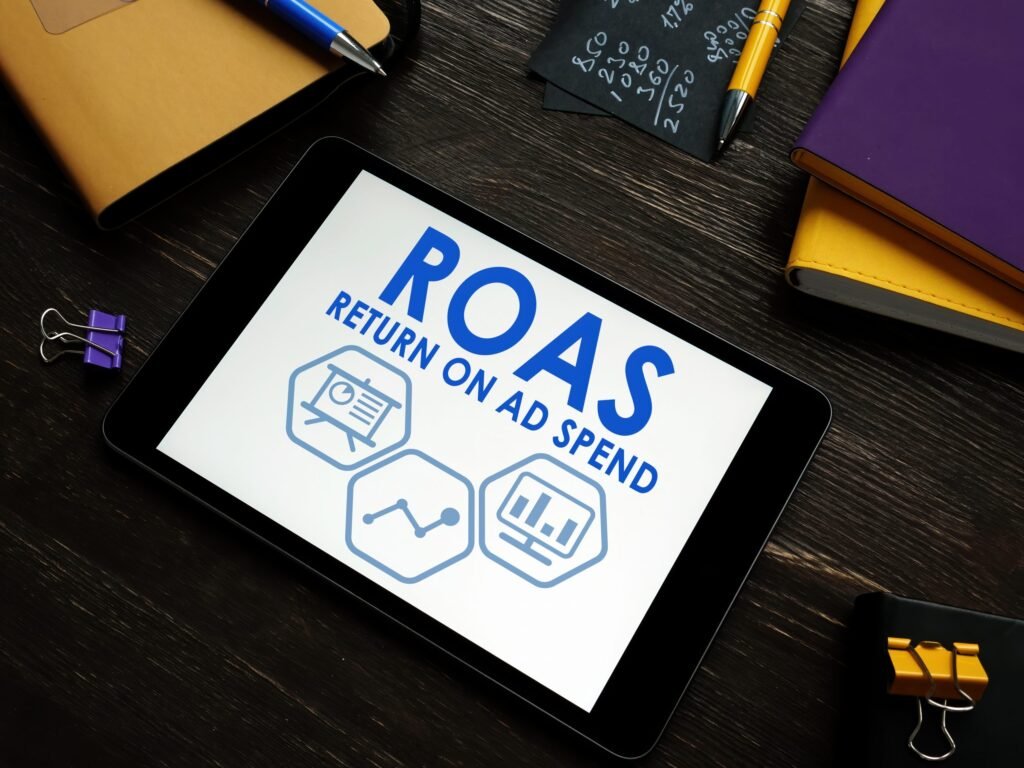
Are you tired of throwing money at digital ads without seeing any real returns? You’re not alone. Many marketers struggle to optimize their ad spend and maximize their return on investment (ROI). That’s where Return on Ad Spend (ROAS) comes in. In this comprehensive guide, we’ll dive into the world of ROAS, exploring what it is, how to calculate it, and most importantly, how to improve it.
What is ROAS?
Return on Ad Spend (ROAS) is a metric that measures the revenue generated by an ad campaign compared to its cost. It’s a simple yet powerful way to evaluate the effectiveness of your digital ad spend. ROAS is usually expressed as a ratio or percentage. For example, if you spend $1,000 on an ad campaign and earn $3,000 in revenue, your ROAS would be 3:1 or 300%.
Why is ROAS Important?
ROAS is crucial for digital marketers because it helps you:
- Optimize Ad Spend: By tracking ROAS, you can identify which ad campaigns are generating the most revenue and allocate your budget accordingly.
- Improve Conversion Rates: Analyzing ROAS helps you identify areas for improvement and optimize your ad campaigns to increase conversion rates.
- Measure ROI: ROAS is closely tied to Return on Investment (ROI). By tracking ROAS, you can get a better understanding of your overall ROI.
How to Calculate ROAS
Calculating ROAS is straightforward. Here’s the formula:
ROAS = Revenue Generated / Ad Spend
To calculate ROAS, you need to track two key metrics:
- Revenue Generated: This is the total revenue earned from an ad campaign.
- Ad Spend: This is the total cost of running the ad campaign.
Factors Affecting ROAS
Several factors can impact ROAS, including:
- Ad Creative: The quality and relevance of ad creative can significantly impact ROAS.
- Targeting: Effective targeting is crucial to reaching the right audience and generating revenue.
- Bidding Strategy: The bidding strategy used can impact ad spend and revenue generated.
- Landing Page Experience: A seamless landing page experience is essential to converting users.
How to Improve ROAS
Improving ROAS requires ongoing optimization and testing. Here are some strategies to help you improve ROAS:
- Optimize Ad Creative: Test different ad creative to identify what resonates with your target audience.
- Use Effective Targeting: Use targeting options like demographics, interests, and behaviors to reach your ideal audience.
- Use Automated Bidding: Automated bidding strategies like target ROAS can help optimize ad spend.
- Improve Landing Page Experience: Ensure a seamless landing page experience to increase conversions.
Common ROAS Mistakes
Here are some common mistakes to avoid when working with ROAS:
- Not Tracking Conversions: Failing to track conversions can lead to inaccurate ROAS calculations.
- Not Optimizing Ad Creative: Poor ad creative can negatively impact ROAS.
- Not Monitoring Ad Spend: Failing to monitor ad spend can lead to overspending and poor ROAS.
Conclusion
Return on Ad Spend (ROAS) is a powerful metric that helps digital marketers measure the effectiveness of their ad campaigns. By understanding ROAS and how to calculate it, marketers can optimize their ad spend, improve conversion rates, and drive revenue. By avoiding common mistakes and using effective strategies, marketers can improve their ROAS and achieve their business goals.
